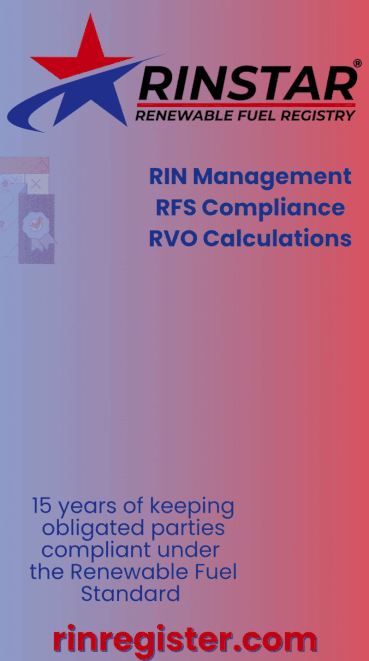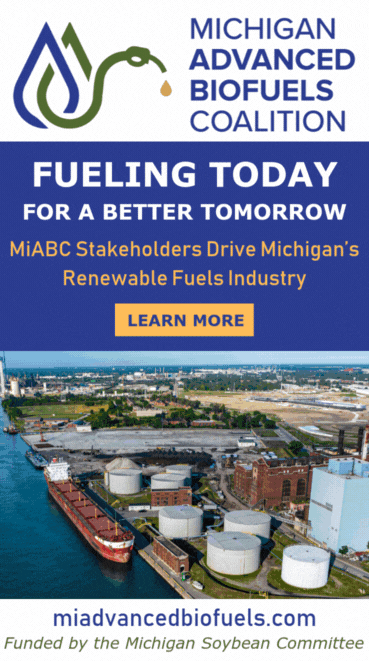Introduction to CMP Technology Through Circulation Plans
- Jim Hoffman
- Jun 30
- 6 min read

Canned-motor pumps are uniquely suited to meet industry demands by minimizing installation costs and long-term operating expenses.
As the biofuels sector continues to grow in response to global demand for cleaner, renewable energy, the need for safe, reliable and leak-free process equipment remains at an all-time high. In an ongoing effort to reduce the carbon footprint traditionally linked to energy production, operators of biorefineries and feedstock processes are turning to sealless-pumping technologies. In the realm of sealless-centrifugal pumps, canned-motor pumps (CMPs) offer mechanical simplicity, proven dual containment and superior safety and reliability with an array of design configurations to best handle a wide range of applications common throughout the biofuels production chain.
CMPs integrate a centrifugal pump and motor to create a dual-containment pressure vessel with a single rotating part, free of mechanically contacting bearings and a totally enclosed, liquid-cooled motor. All CMPs are offered with onboard diagnostics for monitoring sleeve-type, thin-film liquid bearing condition in real time. CMPs use either the pumped fluid or a compatible flush fluid to cool the motor, support the rotating assembly on the thin liquid film of the bearing and provide axial balance of the rotating assembly. In operation, CMPs offer a completely nonmechanically contacting system to achieve the highest level of reliability. Most often the primary reason users gravitate toward CMPs is at the heart of the design—inherent secondary containment, meaning any breach of primary containment will never result in an emission to the environment, satisfying ever-tightening leak detection and repair (LDAR) and layers of protection analysis (LOPA) constraints.
The basic CMP-design principle utilizes a slip stream of the pumped fluid driven by the pump’s developed pressure as the motor’s source of cooling and lubrication before returning it to the pump side, otherwise known as internal circulation (API Plan 1-S), which acts as the building block for all other circulation designs.
Internal circulation is ideal for clean (particulate-free), nonvolatile processes like vegetable oil and other biobased oils, brine solutions, glycols, animal fats and finished biofuels. While ideal for these processes, internal circulation tends to become unviable as the volatility of the process fluid increases due to potential for vaporization inside the liquid-cooled motor. Vaporization of process liquid within a CMP could lead to a disruption of the liquid-film bearing operation. Therefore, the circulation design is adjusted accordingly for volatile fluids to provide adequate vapor-pressure margin to ensure that the fluid remains in a liquid state.
Reverse circulation (API Plan 13-SE) is a variant of internal circulation ideal for most volatile fluids where, instead of returning to the pump side, the process fluid exits the rear of the motor across an orifice. This results in increased pressure exerted on the fluid inside the motor so the fluid-vapor pressure (after the temperature increase across the motor) remains below the total pressure on the fluid to ensure operation only in a liquid state.
This design requires the slip stream to be returned to the vapor space of the suction vessel or column. Plan 13-SE CMPs handle fluids like methanol, ethanol, light hydrocarbons and ammonia, particularly at elevated process temperatures.
For some installations, routing the circulation line back to the vapor space of the suction vessel is prohibitive for the system arrangement and/or a greater pressure is required to prevent vaporization in the canned motor. In such cases, employing pressurized circulation (API Plan 1-SD) offers the same result as reverse circulation but without any added piping. Pressurized circulation takes the slip stream from the pump discharge, returning it to the rear of the motor before it is further pressurized by a small auxiliary impeller on the rear of the rotating assembly. The pressure is maintained by a restriction installed behind the impeller at the liquid’s reentry point to the pump.
Volatile fluids can also be handled by a third approach that introduces subcooling to reduce the vapor pressure of the circulated liquid rather than increasing pressure on the liquid. Such designs utilize standard external circulation through a cooler (API Plan 21-S.)
Plan 21-S design utilizes either an integrated heat exchanger or a third-party heat exchanger to include any variety of code certifications.
All four of these circulation designs are ideal for process temperatures up to approximately 300 degrees Fahrenheit with a standard, Class C (220 degrees Celsius) motor-insulation system. Designs are also available for processes up to 650 degrees F without cooling by employing high-temperature insulation systems rated for 300 degrees C and 400 degrees C. For high process temperatures beyond the capabilities of standard Class C insulation, the circulation design is often adjusted to maintain the standard motor by separating the motor section from the pump casing to create a thermal barrier (API Plan 23-S.)
Plan 23-S is a variant of externally cooled Plan 21-S circulation design where the fluid circulates on the motor side separately from the pump side, allowing the motor-side temperature to be controlled independently, resulting in much higher maximum-temperature limits. This design is often used on applications like bio-oils from pyrolysis or thermal oils for reactors/distillation units.
Unlike any of the other circulation designs detailed above, Plan 23-S circulates the same physical process liquid through the motor repeatedly as opposed to continuously introducing fresh process liquid to the motor. This allows the pump to handle process temperatures up to 1,000 degrees F while using a basic motor with a standard Class C insulation system, resulting in both lower upfront and potentially lower lifetime operating costs relative to CMPs with high-temperature insulation systems. A small auxiliary impeller on the back of the rotating assembly drives the circulation flow through the motor and heat exchanger continuously while the circulating liquid reaches an equilibrium temperature between heat input from the motor versus heat removed by the heat exchanger, regardless of process temperature.
CMPs are an excellent solution for clean fluids, but sometimes processes will contain more than trace amounts of solid particulates and/or dissolved gases, which are not ideal for thin liquid-film sleeve bearings. For these applications, CMP designs are available to completely isolate the motor from the pump casing by introducing a clean, compatible flush liquid through the motor. Isolated motor circulation (API Plan 32-S or 54-S) maintains the process liquid exclusively to the pump casing by introducing the clean flush under a given pressure to create a one-way transfer from the motor to the pump casing. By doing this, all motor-section components are isolated from particulates and/ or dissolved gases present in the process. These designs are frequently used on applications for food/animal waste, cellulosic matter, used cooking oil, various reaction catalysts and diesel hydrotreating.
Plan 32-S is ideal when dilution of clean flush fluid into the process is not a concern, whereas Plan 54-S is better suited for situations where dilution must be limited as much as possible. Plan 32-S design may dilute processes by as much as several gallons per minute while Plan 54-S employs an independent circulation loop (much like Plan 23-S) with a restriction, resulting in dilution rates as low as 3 cubic centimeters per hour.
Regardless of circulation design, CMPs are always designed and manufactured for extremely stable rotodynamic operation, making them an ideal choice for many of the applications in renewable biofuels production processes. This aspect, on top of integrated condition monitoring, puts CMPs in a reliability class of their own by eliminating unnecessary maintenance between long preventative-maintenance intervals—allowing for simple, well-documented maintenance procedures. CMPs inherently exceed the level of protection offered by API 610- and ASME ANSI B73.1-compliant mechanically sealed pumps even after increasing layers of protection per these industry standards. As a result, users often consider replacing mechanically sealed pumps with standard CMPs.
As the biofuels industry continues to evolve, the demand for highly reliable and safe pumping solutions grows increasingly critical. CMPs are uniquely suited to meet this demand by minimizing installation costs and long-term operating expenses. Their sealless, compact design eliminates the need for traditional infrastructure like concrete foundations, alignment procedures, rigid baseplates and auxiliary support systems, resulting in simpler, faster and more cost-effective installations. With an integrated motor and no external couplings, CMPs reduce the risk of leaks and mechanical failures, helping to ensure maximum uptime and minimal process disruptions. Their smaller footprint—roughly one-third that of comparable mechanically sealed or mag-drive pumps—makes them an especially attractive solution for biofuels facilities looking to optimize both space and performance.

Author: Jim Hoffman
Eastern Regional Business Manager
Teikoku USA Inc.
267-485-4094


































